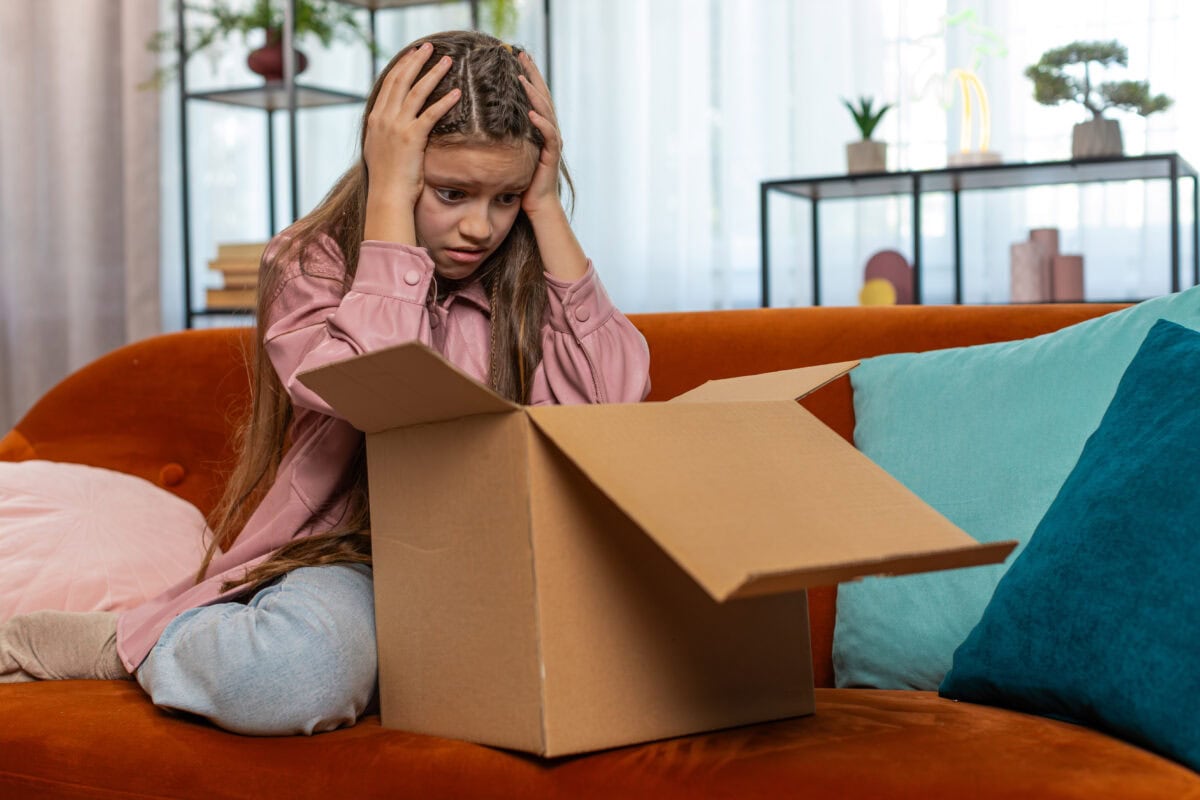With dishonest toy traders continuing to flout current EU safety rules, only reputable toymakers will bear the brunt of the stricter new Toy Safety Regulation
The 2023 EU Safety Gate report which flags dangerous products sold in the EU, puts toys in second place behind cosmetics. 467 notifications were made about toys, down from 511 in 2022.
Again this year an overwhelming percentage – over 97% – of toy alerts concern traders who have no connection with reputable brands or reputable retailers. Toys from reliable manufacturers, the lion’s share of toys sold in the EU, are safe. Toy Industries of Europe (TIE)’s own analysis shows that dangerous levels of phthalates – a substance used to soften plastics – and the risk of choking from small parts are the recurring issues. This is due to non-compliance with long-standing EU rules.
“A new, even stricter, Toy Safety Regulation is incoming. Complying with the new rules is an extra investment that only reputable toy manufacturers will make. We are likely to end up with a situation where– thanks to unfair competition – sales of dishonest traders are actually given a boost by the new safety rules” said Catherine Van Reeth, Director General of TIE.
A new approach is called for. Because if rogue traders ignore safety rules today, they will also ignore any new rules of tomorrow.
Better targeting of dishonest traders is the only solution to this problem
Instead of blanket rules that only the reputable toy makers will adhere to – and that will not solve the scourge of unsafe toys – the EU should better target rogue traders. Such targeting means:
- Better enforcing existing rules
A strong enforcement of existing rules will better prevent, detect and remove dangerous products from the EU market. Market surveillance and customs authorities – with the resources they have – are helpless against the avalanche of products entering the market. Increasing their resources will make them much more effective. Those who wilfully break the rules must face prohibitive sanctions, otherwise ignoring EU rules will remain a lucrative business option.
- Making online marketplaces act more responsibly
Often, the unsafe toys reach the EU consumer through third-party sellers on online marketplaces. In a recent exercise TIE bought 19 toys from online marketplace TEMU. None of the toys fully complied with EU legislation and 18 posed a real safety risk for children
Online marketplaces should help to protect consumers by:
- rapidly removing listings of products identified as dangerous
- searching and removing duplicates of those products
- properly notifying buyers
- proactively screening sellers
- banning sellers when necessary
The policymakers revising the EU toy safety rules should take the opportunity to close the loophole in EU rules. Currently, there is no party responsible for unsafe toys sold through online intermediaries when the seller is not based in the EU. The new Toy Safety Regulation could ensure that the sale’s facilitator is responsible.
Notes to editors
About TIE
Toy Industries of Europe (TIE) is the voice of the reputable European toy manufactures. Our mission is to promote the right of every child to play safely and securely and to promote fair practices and fair legislation, allowing responsible toy companies to continue to grow.
About EU Safety Gate
The EU Safety Gate is an alert system that helps to stop the spread of unsafe non-food products, including toys, across Europe. When a dangerous product is identified by national authorities, the Commission alerts all EEA countries.
About TIE’s analysis of toy alerts
TIE has been developing its own statistics based on the information available on the EU Safety Gate since 2013. The information we collect – such as risk type, brand names, country of origin, notifying country – helps build an accurate picture of the reasons why toys feature high on the dangerous products list in the EU. This allows us to formulate recommendations on how to address the issue.



